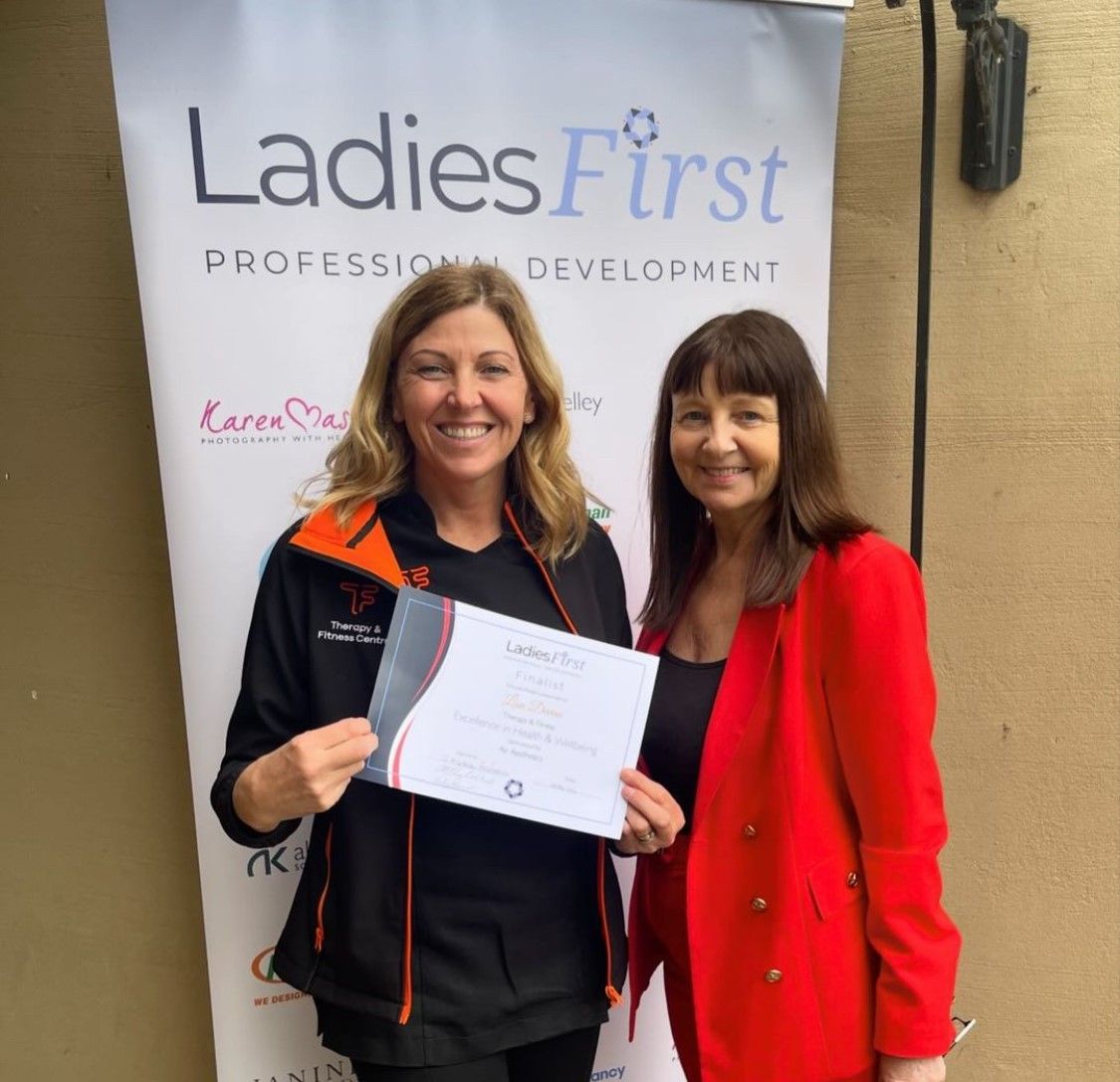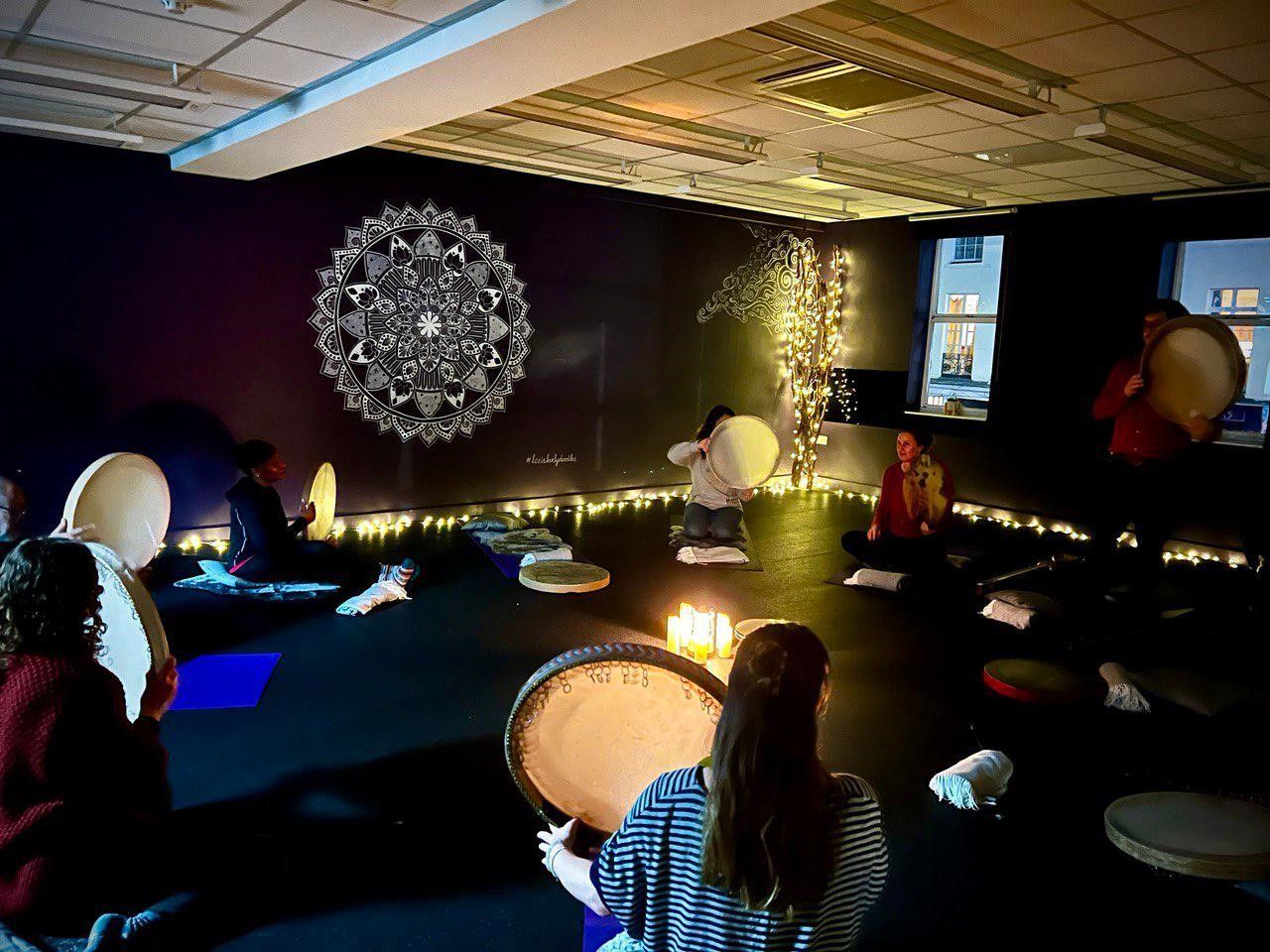Tuck your chin in and then roll your head forwards.
You should feel a gentle stretch at the back of your neck.
Return to the start position.
· Physiotherapy · Sports Massage · Manual Lymphatic Drainage · Podiatry · Acupuncture · Pregnancy Massage · Indian Head Massage ·
Enquire today
· Body Wellness ·
Do you still love to hit the high street and buy what you see and feel rather than take a seat at your pc and order online?
Well if so here’s some tips to help whilst lugging all those shopping bags around!
Here are a few stretches you can do at home before and after your shopping spree.
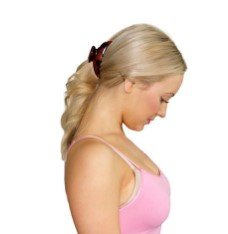
Tuck your chin in and then roll your head forwards.
You should feel a gentle stretch at the back of your neck.
Return to the start position.

Place your fingers in the webbing of your neck (just above the collar bone), and rotate your neck to the opposite side, and tuck your chin down.
You will feel the stretch under your fingers at the side of the neck.
Hold the stretch, and relax.
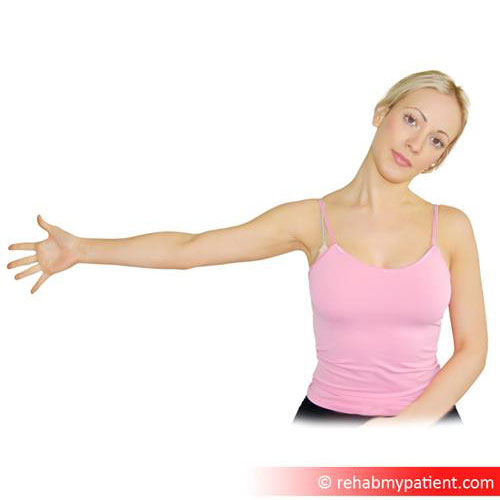
Ensuring your nose is pointing forwards, bend your neck as if you were taking your left ear towards your left shoulder.
To increase the stretch, straighten your right arm away from your body, drop your shoulder slightly, and straighten your fingers. You should feel a stretch to your neck on the same side you lift your arm.
Repeat to the right.
This exercise will help improve mobility to your neck.
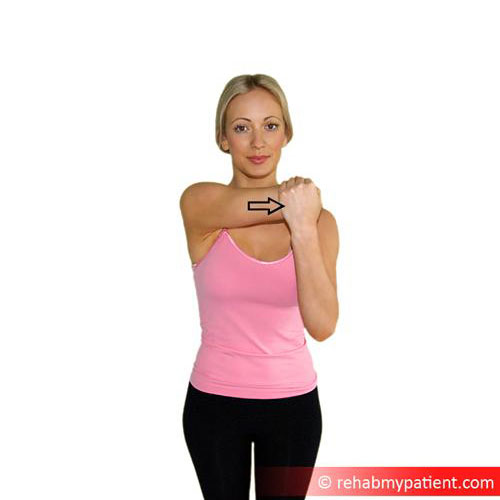
Place your arm across your chest, and resist pulling your arm away from your body.
Your arm should not move.
This exercise stretches the mid-deltoid muscle located in the upper arm and shoulder.
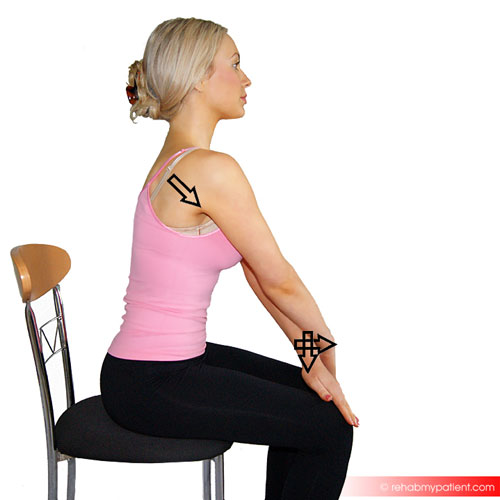
Sitting upright with good posture, place both arms in front of you with hands resting on your knees.
Stretch your arms out in front of you and you will feel a gentle stretch around the shoulder blades.
To make the exercise stronger, cross your arms in front of you and gently tuck your chin down.

Shrug your shoulders backwards, squeezing your shoulder blades together.
You will feel a muscular contraction around and between your shoulder blades (rhomboid and shoulder blade muscles).
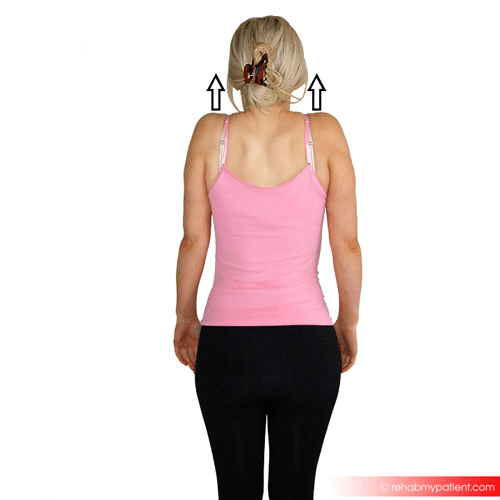
Shrug your shoulders upwards, towards the ceiling, to increase strength in your upper shoulder muscles (upper trapezius).
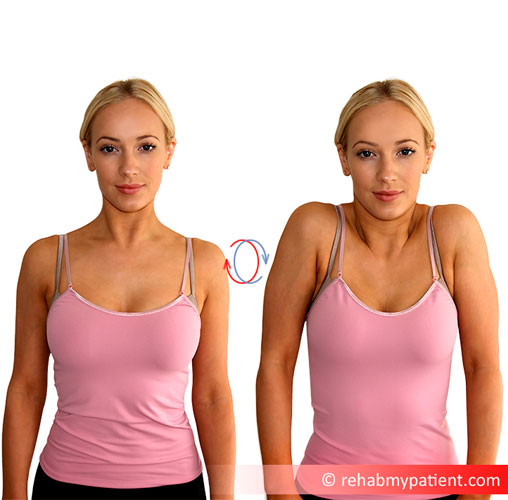
Standing with good posture, and your arms by your side, move your shoulders backwards, up, forwards and down in a circular movement.
Your arms remain by your side.
Work forwards then backwards
